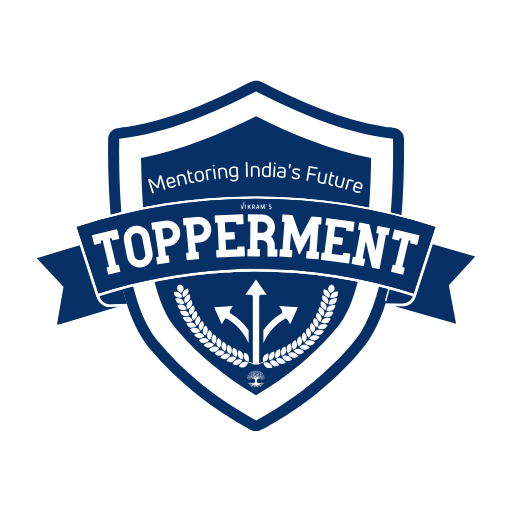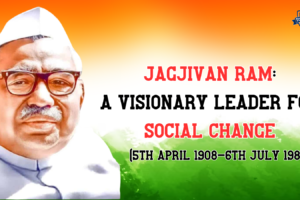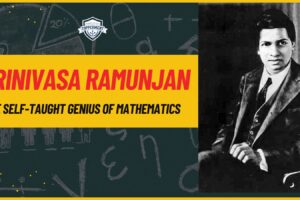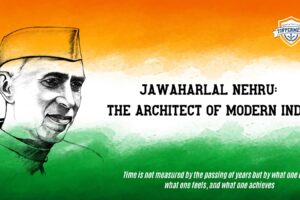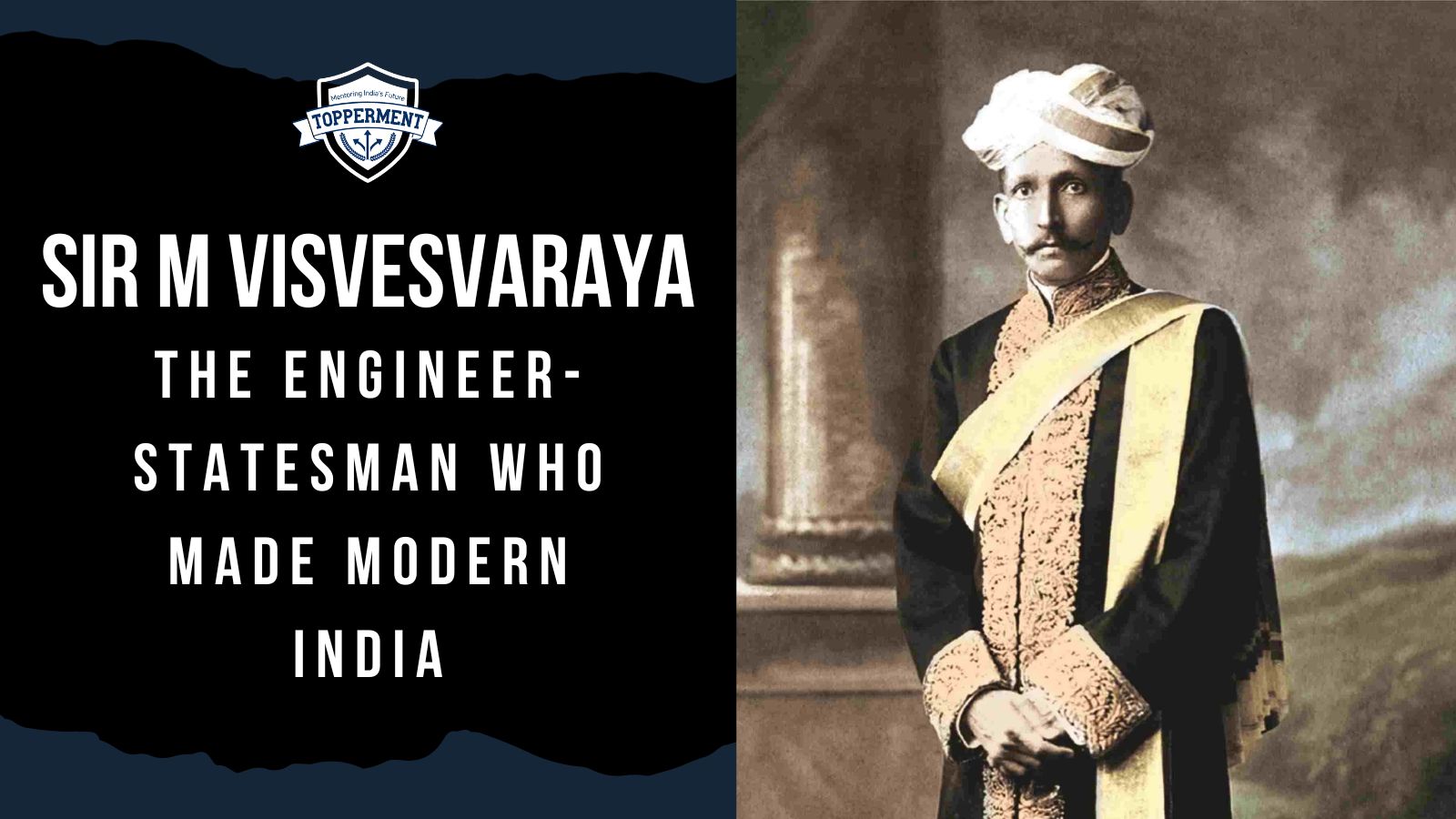
Sir M Visvesvaraya: The Engineer-Statesman Who Made Modern India | National Personalities
Sir M Visvesvaraya is remembered on the National Engineer’s Day is a day to celebrate the achievements and contributions of engineers in various fields of science and technology. Engineers are the ones who apply their knowledge and creativity to solve problems, design solutions, and improve the quality of life for people around the world. Engineers are also the ones who drive innovation and sustainability, by developing new technologies that are efficient, eco-friendly, and beneficial for society.
Mokshagundam Visvesvaraya was a remarkable engineer, administrator, and statesman who made significant contributions to the development of India. Here is a brief overview of his background, career, achievements, contributions, awards and recognition, titles, literary works, and legacy.
Sir M Visvesvaraya Background:
Mokshagundam Visvesvaraya was born on September 15, 1861, in a village called Muddenahalli in Karnataka. His father was a Sanskrit scholar and his mother was a homemaker. He lost his father when he was 15 years old and had to support his family by taking up various jobs.
He received his primary education in Bangalore and earned a Bachelor of Science degree from the University of Madras. He later studied at the College of Engineering, Pune and graduated as an engineer in 1883.
Career:
Visvesvaraya began his career as an assistant engineer in the Public Works Department of Bombay Presidency in 1885. He worked on various projects related to irrigation, drainage, water supply, and flood control in Bombay, Sind, Aden, and Mysore. He also designed and patented a system of automatic weir water floodgates that were first installed at Khadakvasla Reservoir near Pune.
He became the chief engineer of Mysore State in 1909 and was responsible for the construction of the Krishna Raja Sagara Dam in Mandya, which was then the largest reservoir in Asia. He also supervised the development of roads, railways, bridges, industrial estates, and hydroelectric power plants in Mysore. He served as the Diwan of Mysore from 1912 to 1918 and initiated several reforms and projects in education, agriculture, commerce, and public works. He retired from public service in 1918 and devoted his time to social causes and engineering consultancy.
Achievements:
Visvesvaraya was a visionary engineer who applied scientific principles and innovative techniques to solve various problems related to irrigation, water supply, flood control, power generation, and industrial development. Some of his notable achievements are:
- He designed and built the Krishna Raja Sagara Dam in Mandya, which created a huge reservoir that irrigated more than 10 lakh acres of land and provided drinking water to many cities.
- He devised a system of automatic weir water floodgates that prevented wastage of water during floods and regulated the flow of water according to the demand.
- He planned and executed the Mysore-Bangalore pipeline project that supplied water to Bangalore from a distance of 150 km.
- He established the Government Engineering College in Bangalore (now known as University Visvesvaraya College of Engineering), which was one of the first engineering colleges in India.
- He founded the Karnataka Bank, the Century Club, the Mysore Chamber of Commerce, and the Mysore Economic Conference.
- He prepared a scheme for the industrialization of India and suggested the establishment of iron and steel plants at Bhadravati and Jamshedpur.
- He advised several states and princely states on matters related to irrigation, power generation, industrial development, urban planning, and administration.
Contributions:
Visvesvaraya made significant contributions to the development of India’s infrastructure, industry, economy, education, and society. Some of his contributions are:
- He improved the irrigation facilities and increased the agricultural productivity in Mysore State.
- He promoted the use of hydroelectric power as a cheap and clean source of energy for industrial and domestic purposes.
- He encouraged the growth of small-scale industries and cottage industries to provide employment opportunities and reduce poverty.
- He introduced compulsory primary education and free education for girls in Mysore State.
- He supported the cause of women’s empowerment and social welfare by establishing schools, hostels, libraries, hospitals, and orphanages.
- He advocated for national integration and cooperation among different regions and communities of India.
Awards and recognition:
Visvesvaraya received many awards and recognition for his outstanding achievements and contributions. Some of them are:
- He was appointed as a Companion of the Indian Empire (CIE) by King George V in 1911 for his services to British India.
- He was knighted as a Knight Commander of the Indian Empire (KCIE) by King George V in 1915 for his services to Mysore State.
- He was awarded the Bharat Ratna, India’s highest civilian honour, by President Rajendra Prasad in 1955 for his services to India.
- He was conferred with honorary doctorates by eight universities in India1.
- He was elected as a Fellow of the Indian Academy of Sciences (FASc) in 1934 for his contributions to science and engineering.
- He was honoured with the title of “Bharata Ratna Sir M. Visvesvaraya” by the Government of Karnataka in 2018 on his 157th birth anniversary.
Titles:
Visvesvaraya was known by various titles and honorifics that reflected his stature and respect in the society. Some of them are:
- Sir MV: This was the most common and popular title used by his admirers and followers.
- Dewan Bahadur: This was a title of honour bestowed upon him by the British government for his services as the Diwan of Mysore.
- Engineer-Statesman: This was a title given to him by Mahatma Gandhi for his dual role as an engineer and a statesman
- Father of Modern Mysore: This was a title given to him by the people of Mysore for his role in transforming Mysore into a modern and progressive state.
- Maker of Modern India: This was a title given to him by Jawaharlal Nehru for his role in shaping India’s industrial and economic development
Literary works:
Visvesvaraya was also a prolific writer who authored several books and articles on various topics related to engineering, economics, politics, and social issues. Some of his literary works are:
- Reconstructing India (1920): This was a book that outlined his vision and plan for the industrialization of India1.
- Planned Economy for India (1934): This was a book that proposed a scheme for the economic planning and development of India1.
- Memoirs of My Working Life (1951): This was an autobiography that narrated his personal and professional experiences
- Nation Building (1962): This was a book that discussed the challenges and opportunities for nation building in India
Legacy:
Visvesvaraya left behind a rich legacy that inspired generations of engineers, administrators, and leaders in India. His legacy is evident in:
- The celebration of Engineers’ Day on September 15 every year in India, Sri Lanka, and Tanzania to commemorate his birth anniversary and honour his contributions to engineering
- The establishment of several institutions, awards, scholarships, and schemes named after him or dedicated to him, such as the Visvesvaraya Technological University, the Visvesvaraya National Institute of Technology, the Visvesvaraya Industrial and Technological Museum, the Sir M Visvesvaraya Award, the Sir M Visvesvaraya Scholarship, and the Sir M Visvesvaraya Urban Development Scheme
- The recognition of his achievements and contributions by various national and international organizations, such as the Institution of Civil Engineers (ICE), the Institution of Engineers (India), the Indian National Academy of Engineering (INAE), the United Nations Educational, Scientific and Cultural Organization (UNESCO), and the World Federation of Engineering Organizations (WFEO)
- The preservation of his ancestral home in Muddenahalli as a museum and a memorial that showcases his life and works
